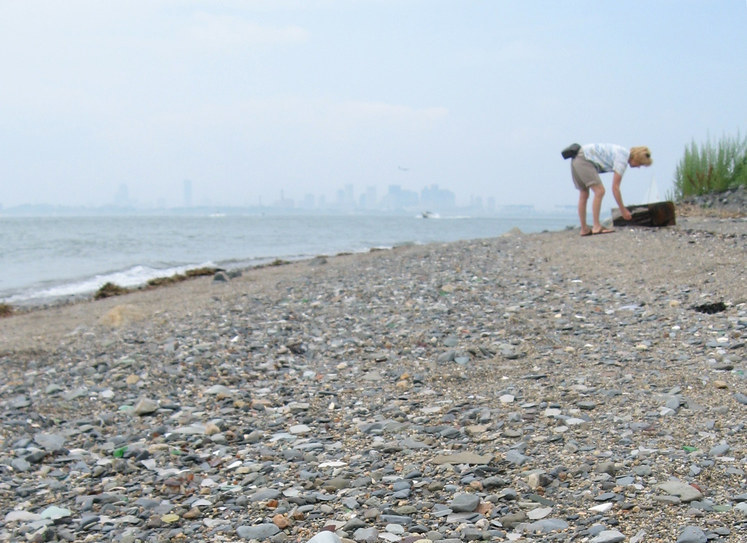Interview with a Technician

Image: At work on the Boston Harbor Islands
The National Park Service has a mission statement as an over encompassing message of what the organization is all about. It reads “The National Park Service preserves unimpaired the natural and cultural resources and values of the national park system for the enjoyment, education, and inspiration of this and future generations.” This is carried out through the many different positions within the park, where employees are passionate on how their specialty can contribute to the mission. Park rangers educate the public on historical and natural resources. Law enforcement ensures the enjoyment of the park is conducted without incident. Biological technicians conduct research on the flora and fauna in the field, preserving the natural beauty visitors come to see. In the Boston Harbor Islands National and State Park, our biological technicians perform a plethora of duties throughout our islands and the greater Boston area. Within the Boston Harbor Islands, there are four technicians conducting group projects, as well as each having their own assignments focusing on management in the parks. Collectively, the team coordinates with other stakeholders and partners within and outside of the Park Service to manage the different sites. This primarily involves conducting invasive plant management of nineteen primary species across the different park sites within and around Boston. Collaborating with the other parks allows more work to be completed as a collective whole. The Invasive Plant Management Team (IPMT) goes to the Harbor Islands, Frederick Law Olmstead National Historical Site, Minute Man National Historic Park, and Saugus Iron Works National Historic Site. Each site comes with its own issues and different plants that need to be managed. For example, on Grape Island, mile-a-minute is managed the most, while at Minute Man knotweed is what needs to be addressed.
There are eleven different partnerships within our park, including the Massachusetts Department of Conservation and Recreation (DCR). The Harbor Islands comprise of 1,600 acres of land over an area of 50 square miles. For Marina Kolvacin and Sammy Cirillo, two members of the Science and Stewardship team, this is what they call their office. Sammy’s individual project for the season is to catalog and monitor rare plants within the park. To do so, she uses field maps and preset points to track the population and health status of different plants. Her main species of focus is seabeach dock (Rumex pallidus). Its rarity in the state is due to Massachusetts being its southernmost range as well as human usage of its habitat. To work on growing the population in Massachusetts, there is a collaborative effort with the Native Plant Trust to reseed and propagate, putting the plant back in its historical ranges.
“This work allows me to do a lot of different plant identification and sharing resources to share with different people from students to pollinator professionals,” Sammy said when asked why she enjoys being a technician. Sammy felt overwhelmed with all the different options that this field included and said “If anyone is looking for advice in this field, it is to not feel boxed in.”
Marina’s advice is to “Take your GIS classes in school if you want to work in the environmental field. Take them seriously.”
Marina’s niche in this park is working on bivalve quests. This is a form of citizen science data collection tracking bivalve composition changes regarding climate change. A bivalve is a hinged mollusk, such as scallops, mussels, and oysters. Started in 2018, the long-term goal is for DCR to take over this project, which runs currently on Peddocks, Georges, and Spectacle Islands. On these islands, QR codes are placed, which when scanned give instructions to visitors on how to complete the citizen science needed for these projects. This allows scientists to understand species distribution on both dead and alive bivalves across the Boston Harbor as well as along the shorelines. It also allows an understanding of which species are in the area, including invasives.
Marina and others on her team facilitate marine debris collection, where volunteers come to do cleanups, helping the protection of eiders in the waters. A way to join in on these and other projects is to go to the link https://www.volunteer.gov/s/global-search/boston and sign up. Stewardship Saturdays include different events ranging from habitat restoration to citizen science data collections throughout the year. If interested in joining the Science and Stewardship team, continually check usajobs.gov for future position openings.